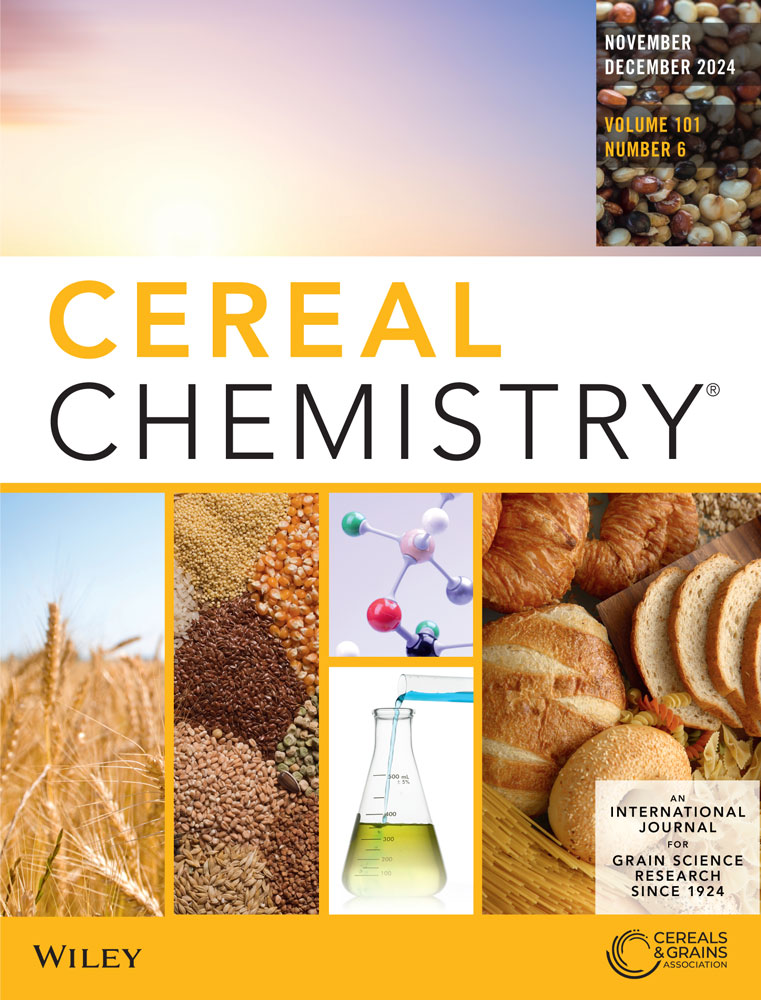Influence of Sample Preparation Method on Total Dietary Fiber Content Measurement of Low Carbohydrate Bread Containing High Levels of Cross-Linked Phosphorylated RS4 Wheat Starch
Abstract
Background and Objectives
Cross-linked phosphorylated (CLP) RS4 wheat starch has been approved as a dietary fiber source by FDA because it can reduce insulin levels following a meal containing a carbohydrate that raises blood glucose levels. It has been successfully formulated in many high-fiber and low-carbohydrate bread products. This study aimed to determine the influence of sample preparation methods on the total dietary fiber content of these fiber-fortified bread products during the assay with AOAC Method 991.43. In addition, the effects of CLP RS4 wheat starch on the morphology, crystallinity, and thermal properties of the bread were investigated.
Findings
The total dietary fiber content of breads formulated with unmodified wheat starch or CLP RS4 wheat starch was influenced by the sample preparation methods (drying, grinding, and sieving). Preferred methods are forced air oven over freeze-drier and vacuum oven; coffee grinder over mortar and pestle; and 35-mesh over 70-mesh sieve. The proposed method excludes influence of operator and shows more repeatable results. CLP RS4 wheat starch in the bread was gelatinized and had restricted swelling, reduced enthalpy, and reduced crystallinity.
Conclusions
The proposed sample preparation method generated from this study involves drying the bread in a forced air oven at 40°C, particle size reduction using a coffee grinder, and screening the ground samples in a 35-mesh sieve before total dietary fiber assay using AOAC Method 991.43.
Significance and Novelty
Our study provided new and useful information on sample preparation methodology for total dietary fiber measurement of high-fiber or low-carbohydrate bread products containing CLP RS4 wheat starch. This methodology has potential applications in many high-fiber flour-based products other than bread.

 求助内容:
求助内容: 应助结果提醒方式:
应助结果提醒方式:


